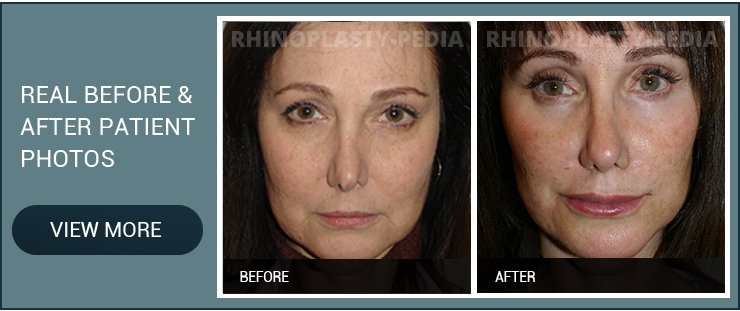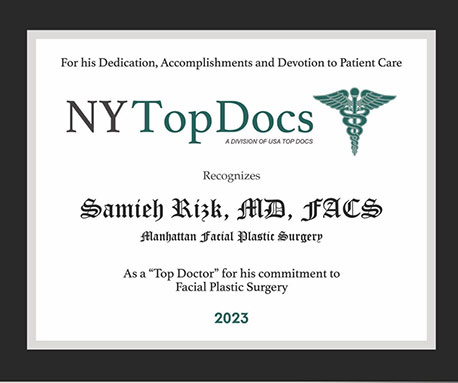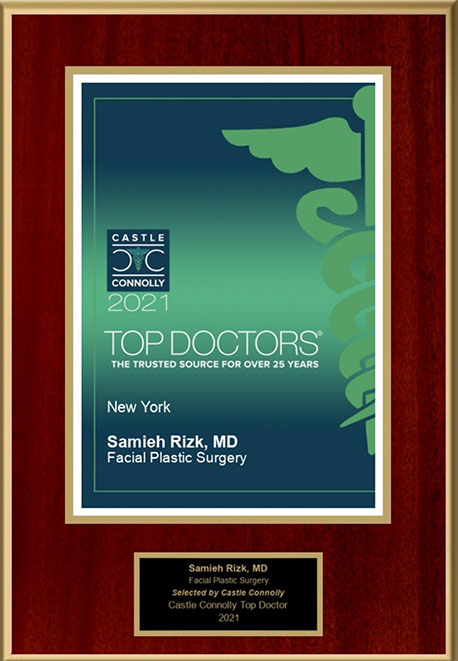3D High Definition Rhinoplasty
3D high definition rhinoplasty is a form of nose surgery in which the surgeon uses a 3D telescope to view the internal structures of the nose. This advanced technology provides the surgeon with an accurate view of the nose, which contributes to a better final result. It also allows the surgeon to avoid disturbing blood vessels and sensitive tissues, thus diminishing postoperative pain, swelling, and bruising.
The use of 3D high definition imaging in rhinoplasty
For decades, surgeons in many branches of medicine have been using specialized tools to provide them with a view inside of the human body to diagnose and treat illnesses and disorders. For over 15 years, plastic surgeons who perform nasal surgeries have used endoscopic telescopes to view the tiny, delicate structures inside of the nose. The advancement of endoscopic imaging has led to the use of 3D high definition imaging in rhinoplasty.
When this technology is used, the procedure may be referred to as 3D high definition rhinoplasty. In this type of rhinoplasty, the surgeon uses a specialized telescope to view the bridge of the nose from inside and project an image of the nose onto a 3-dimensional high definition screen. Surgeons may use these tools before surgery to give them better insight when planning the surgical approach, during surgery to avoid damaging blood vessels, soft tissue and cartilage, and after surgery to ensure that the nose has healed properly.

3D High Definition Imaging Improves Outcomes in Rhinoplasty
There are many benefits associated with 3D high definition rhinoplasty. Advocates of this technique believe that 3D high definition rhinoplasty ensures a better aesthetic and functional outcome for the patient, as well as decreases the recovery time associated with rhinoplasty by resulting in less pain, bruising and swelling.
The technology used during 3D high definition rhinoplasty provides surgeons with a view into the nose that the human eye simply cannot see. By viewing the internal structures of the nose from all angles in 3D, surgeons are able to gain a more accurate idea of the internal structures, allowing them to operate more precisely. The nose is a relatively small organ, so precision matters greatly when performing rhinoplasty. Mere millimeters can make a huge impact on the function and aesthetics of the nose.
This detailed 3D view allows surgeons to shape the nose more precisely when performing surgery. Gaining a clear view before surgery means that the surgeon will know exactly how far to revise the nose. During surgery, swelling can occur, causing surgeons to overcorrect and trim off too much cartilage or tissue. Pre-surgical imaging helps the doctor make the most precise excisions of nasal bone and cartilage, which provides a more natural result.
During the surgery, the telescope allows the surgeon to see the muscles and blood vessels within the nose so they can be avoided. When these structures are disturbed or damaged during rhinoplasty, the patient will suffer from increase swelling, bruising and pain during the recovery period. 3D high definition rhinoplasty is known to diminish swelling and bruising, thereby shortening the recovery period and making it less uncomfortable.
Prevalence of 3D high definition rhinoplasty
Despite the clear benefits associated with 3D high definition rhinoplasty, not all surgeons offer this technique to their patients. The high definition telescopes used in rhinoplasty are still a relatively technology, making them an expensive overhead that many surgeons are not willing to take on. In addition, as with any new technology, surgeons must learn how to use the new equipment so that they can utilize it safely and effectively during surgery. Surgeons who have begun using 3D high definition rhinoplasty have found that these indispensable tools allow them to provide natural results, while ensuring a quicker recover period for their patients.








